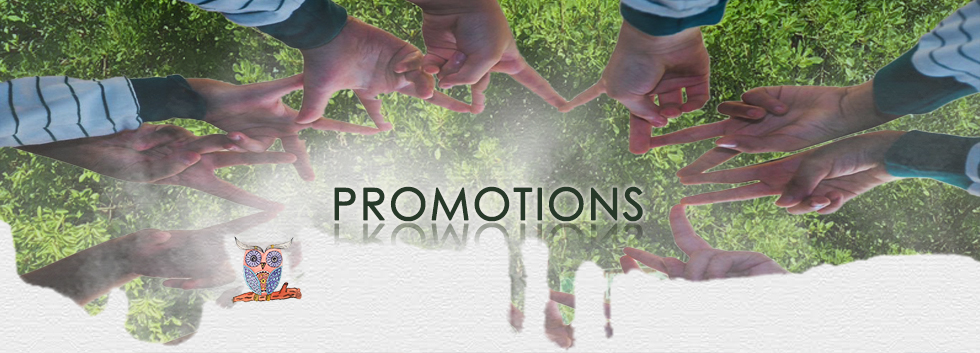Organized by Hsin-Ai
Wilderness Exhibition
(A) Learning How To Take Photos and Videos
1. Learning About Imaging
In research papers, texts that have been systematically summarized and categorized can better highlight the important points in a report. Photos or videos then provide the extra magic that takes the report to the next level and quickly resonate with readers. Thanks to technological advancements, a wide variety of convenient photographic instruments are available at our disposal. Taking good photos should be considered an essential skill before conducting research, and so the members of the Wilderness Crossing began learning the basics of photography and videography.
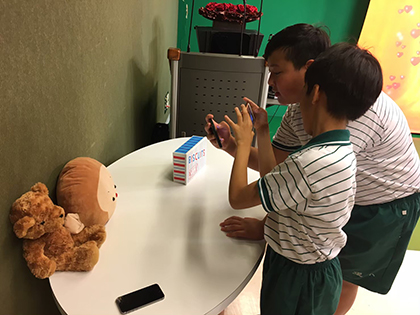
Source: Wilderness Crossing
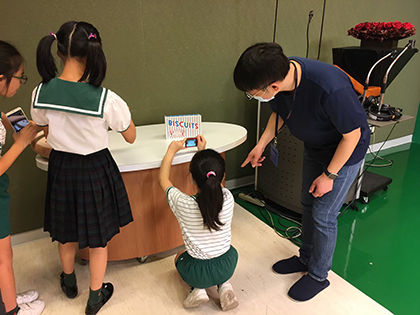
Source: Wilderness Crossing
While learning about photography, I realized that in order to take great photos, the following points should be kept in mind:
- Once you have settled on your subject to photograph, decide whether to shoot in portrait or landscape. When photographing a group of people, always make sure to include everyone in the frame.
- Check the light source in relation to your subject's position and also guide your subject to display proper expression and movement.
- Use a tripod to avoid camera shake when recording videos and to quickly catch any facial expression changes and the scenery in front of the camera.

Source: Wilderness Crossing

Source: Wilderness Crossing
We gained real practical camera and video skills through these few class sessions and we found out that photography is really a form of art! I hope that with enough practice and also looking at more photography works from other artists I can improve my own photography skills. This will enable me to capture precious moments for documentation purposes, adding wonderful visual moments into my research in the future.
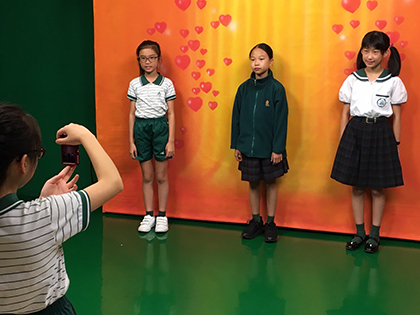
Source: Wilderness Crossing
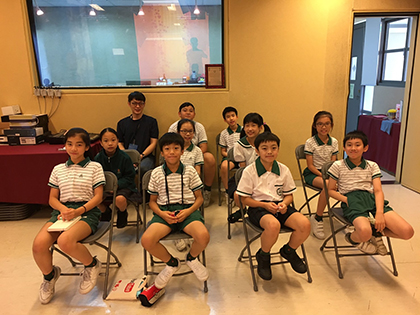
Source: Wilderness Crossing
| A brief introduction of all the different obstacles from the photography class: | ||
The first obstacle: Mastering subject/background composition when shooting. Ensure that both the persons and subjects are in focus inside the picture frame, and also showing appropriate expressions and background. |
 |
 |
The second obstacle: Before shooting, firmly secure all subject items and consider the subject and theme of the shoot to bring out the focus in the composition. Make sure there's enough light and the scene is properly lit. Also make sure that the light is falling in a way that doesn't obstruct your shootings. |
 |
 |
The third obstacle: Stabilize your camera before shooting or recording. Also, don't move too fast. Make sure your viewers can see the contents in your video. Speak in a clear, organized manner when explaining the contents in your video. Pay attention to the volume and tone of your voice. Reduce background interference from other sounds. |
 |
 |
| ▲ Source: Wilderness Crossing | ||
2. Learning Reflection
A good photo can not only attract the reader's attention but also improve understanding. Our website also needs good photos to attract visitors. Knowing that, our teacher arranged a mobile photography class for us today, hoping to make our website more exciting with good photos. I learned some essential skills from the class:
- Whenever there are vertical and horizontal lines in the picture, try to keep them parallel with one another.
- Before taking a picture, select the subject on screen to focus and also check exposure.
- It is the job of the photographer to tell his subject to display the body movements and expressions he wants for his photos.
- Always use a tripod as much as possible to stabilize the camera when recording.

Source: Wilderness Crossing
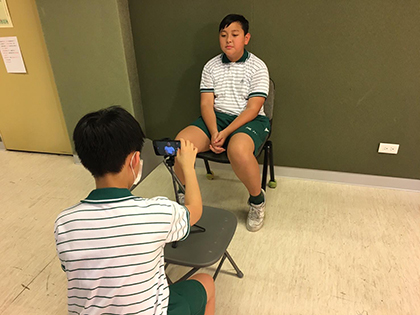
Source: Wilderness Crossing
In addition to actual photo taking skills, the preparation before the shoot is also very important. Before shooting, refer to works from other photographers on the theme you are shooting to get some inspiration. After shooting, you can discuss with your teachers and other students to select which ones to use on the web. "Practice makes perfect." so the saying goes. Improvements in photography can only happen through nonstop practice and critiques.
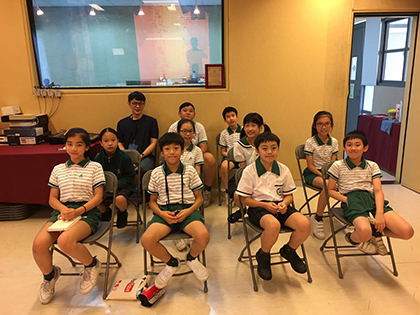
Source: Wilderness Crossing
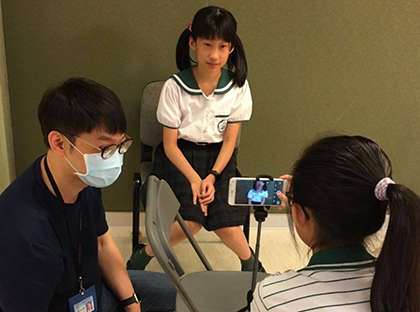
Source: Wilderness Crossing
To make a website attractive, in addition to the rich content through texts from interviews and researches, what adds the final finishing touch is without a question, the photos and videos! Today, Mr. Cheng took the time to teach us some photography techniques: Whenever there are vertical and horizontal lines in the picture, try to keep them parallel with one another. Before taking a picture, select the subject on screen to focus and also check metering.
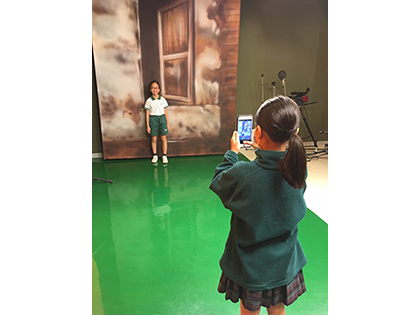
Source: Wilderness Crossing
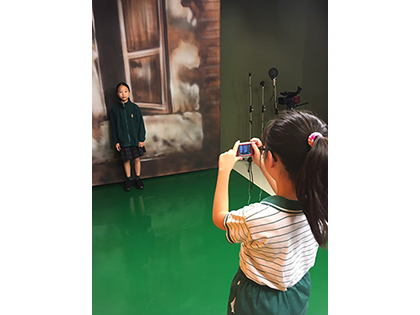
Source: Wilderness Crossing
When shooting people, in addition to the above techniques, it is also critical to cue the subject to perform the expression and movement as needed by the photographer. I agree with the teacher in thinking that preparation is very important. So if the time allows for you to interact with your subjects, you should try to talk to them and find out more about them. If there's a mutual trust and understanding between you and your subject, you will come out with some fantastic pictures.
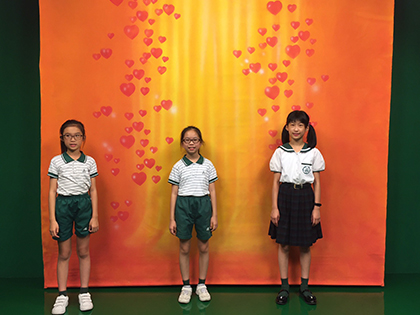
Source: Wilderness Crossing
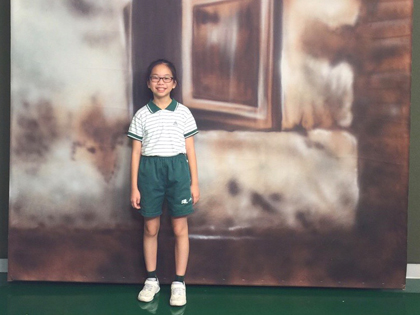
Source: Wilderness Crossing
Today is our first class since joining the CyberFair. So this time around I learned a lot of practical techniques for taking photos, for example, different ways to create focus when taking photos. A great tip I learned is that a slight bend in the knees when taking a picture will often give you better angles. Also, the photographer should give tips to the subject he is shooting on exactly what kind of expression to make and how to move their body. Also, video recordings should be done in a smooth and stable manner. Having vertical and horizontal lines in your photos is critical, so is advanced preparation before a shoot. In addition to critique and discussion, the most important thing is to keep taking photos, only by practicing will you improve visibly.

Source: Wilderness Crossing

Source: Wilderness Crossing
I not only learned a lot of professional knowledge in this class, but also got to know my classmates better through our interactions. Joining a competition in the CyberFair really is a great experience, so was the photography class. I hope I can quickly grasp the basics of photography with practice and come out with more and more successful photos.
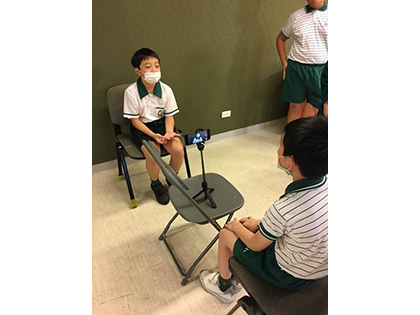
Source: Wilderness Crossing
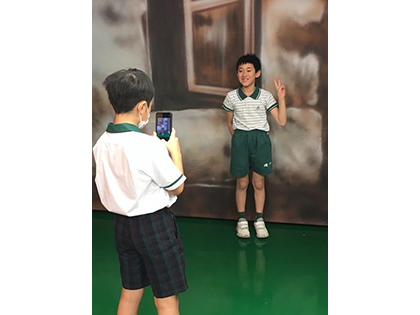
Source: Wilderness Crossing
The Society of Wilderness is an organization focused on environmental protection. Since joining the Society, we have learned to document and share our experience in the Society through photos and videos. Mr. Cheng at our school, who is a pro at taking photos, gave us a special workshop on photography techniques. I learned that regardless of what the subject of your photo is, people, scene, or animals, the frame must be zoomed close, and most importantly, your horizon must be level, and unnecessary objects in the background should be eliminated to further bring focus to your subject. Also, when recording videos, use a tripod to help stabilize the camera. Video recordings are usually long, so using a tripod will give you smooth steady videos.
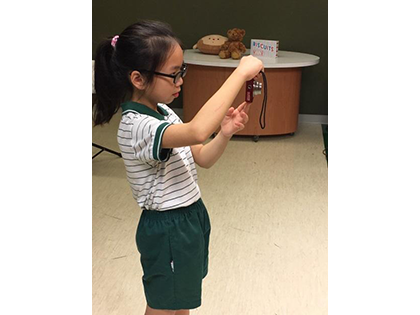
Source: Wilderness Crossing
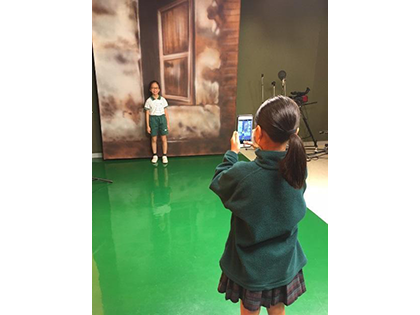
Source: Wilderness Crossing
After I started learning photography, I found that a good photo tells a good story. A good photo can portrait the beauty of Mother Earth and her needs that require our attention and help. In order to fully document our activities in videos and images, we have divided up our responsibilities for each photo shoot in order to make sure that we don’t miss anything. Each member of the Wilderness Crossing shares what they see and experience through the lens during each event they participate in. We also hope to share these images with the general public and educate them on the importance of environmental protection.
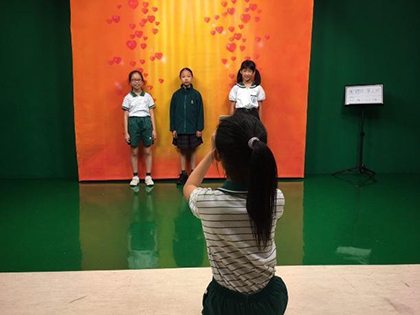
Source: Wilderness Crossing
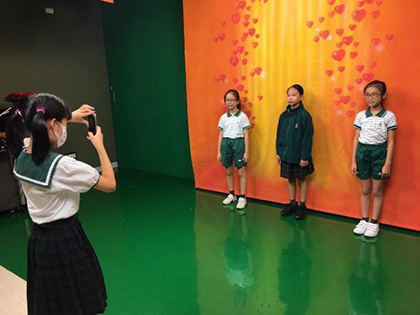
Source: Wilderness Crossing
I learned from the photography class on how to take pictures of people and objects with my phone and also my camera. It doesn’t matter whether you are photographing a person or an object. The most important thing to consider is what is the subject of your photo. First decide on the subject so you can then decide what kind of objects to include in the scene for support and also the background. After that, you can decide the shooting angles, up, down, head on, or from the side. Lastly, if there are any vertical or horizontal lines in the image, keep them parallel. Also hold the camera steady and don’t shake when you are pressing the shutter. Lightly touch the subject to focus, meter, then press the shutter to capture the image.
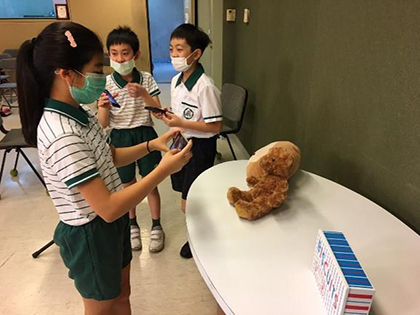
Source: Wilderness Crossing

Source: Wilderness Crossing
Through my experience, I feel that people are animated and alive, and photos are still and static. Each photo tells the story of its subjects, hence, the greatest personal reward I got from photography is when my photos show the individual stories of my subjects, their movements, actions, and emotions accurately. A proper studio shoot requires thorough understanding of subjects, and candid shots must be fast yet articulate.
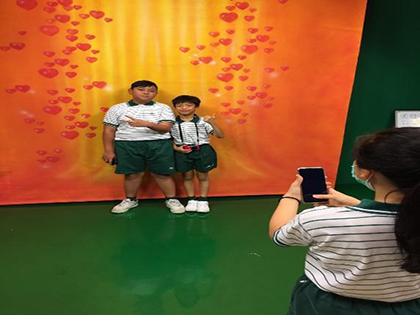
Source: Wilderness Crossing

Source: Wilderness Crossing
Mr. Lin asked the photography expert of our school, Mr. Cheng to give us a special workshop in order to improve our techniques on still life photography. Mr. Cheng designed a few photo challenges for us, as well as practical lectures on the different techniques and conventions of photography. The main topics were recording interviews (how to use a tripod), capturing still-life, and we divided into groups of 2 or more for portrait taking.

Source: Wilderness Crossing

Source: Wilderness Crossing
I had no idea about the basics of photography during the challenge rounds, and it was only with the help of Mr. Cheng and my other classmates I was able to learn the different techniques needed to take pictures under different shooting conditions. For portraits, I think keeping the camera level and steady is the hardest to do. Practice makes perfect, and by looking at other people’s work as a guide, I am sure I can improve in no time.
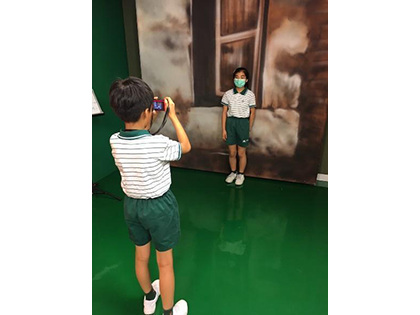
Source: Wilderness Crossing
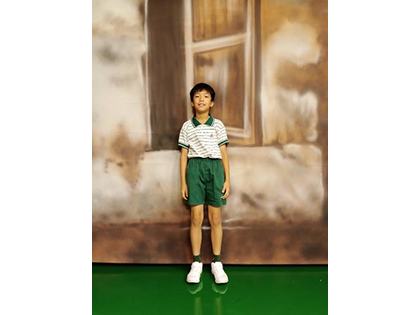
Source: Wilderness Crossing
SOW is a topic that requires text records and images to fill in scenes that cannot be described with words. In the past, it was done with a bulky camera which was not only inconvenient itself, but also required more inconvenient accessories. With the advancement of technology in recent years, now clear and beautiful pictures can be taken with a light and small smartphone. Not only is it convenient, the resulting image quality is also superb.

Source: Wilderness Crossing

Source: Wilderness Crossing
On the morning of July 8th, our teacher Mr. Lin asked the whole group to gather at the school's Technology Center. Mr. Lin had asked Mr. Cheng to teach us a few things on taking pictures. I learned many photography techniques, one of them is about “focus”. If a photo is out of focus, then it is essentially ruined and cannot be used. I also learned how to operate a camera, like zoom in and out is to resize something, I had no idea how it was done before. Thanks to Mr. Lin and Mr. Cheng, I am sure I will take many good photos from now on!
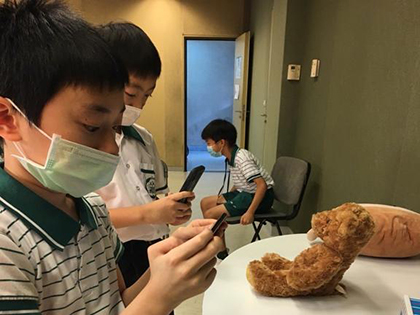
Source: Wilderness Crossing

Source: Wilderness Crossing
First of all,we have to choose a topic, and we settle on the topic of SOW. After that, the teacher taught us how to record videos and take pictures. I photographed a classmate and recorded myself interviewing him with some questions. I think joining in the CyberFair is a very interesting thing!
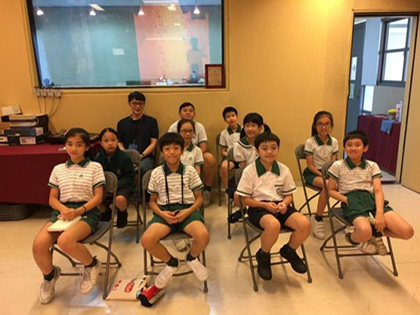
Source: Wilderness Crossing
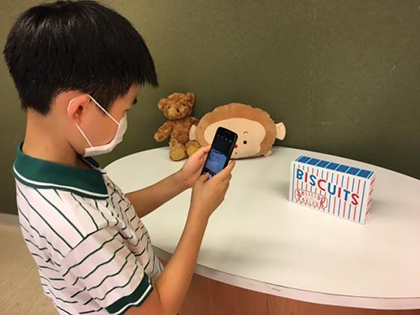
Source: Wilderness Crossing
This is my first time participating in the CyberFair event and I'm really excited. I hope I can enter the final competitions and earn prizes. We also have to learn how to take pictures and videos then decide what’s best for our topic. I’m looking forward to working with my future teammates and also improving myself!

Source: Wilderness Crossing

Source: Wilderness Crossing
(B) Exhibition Preparation
After participating in many SOW events, we accumulated a lot of photos showing the ecological activities in Taiwan. Each time after an event, I always go back and review the photo albums on my computer and try to relive the amazement and excitement I felt when I saw wildlife during those events. I and the other members of our team began to think about how we can better capture the amazing moments to share with more friends, so that they can become aware of the importance of environmental protection through these beautiful photos of Taiwan.
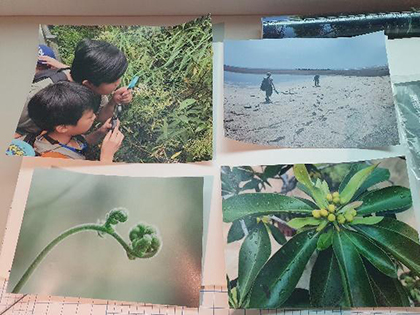
Source: Wilderness Crossing

Source: Wilderness Crossing
When we started choosing from the pool of thousands of photos, we realized that some photos captured the vividness but were blurry and out of focus. Some photos had good composition, but random people in the background ruined the cohesion of the overall image. It was not an easy job to select from thousands of photos for an exhibition, and when we finally chose photos that everyone was happy with, we were again stomped by how to connect these photos together to tell a story or convey a theme.

Source: Wilderness Crossing

Source: Wilderness Crossing
At first, we only thought about developing the photos and then paste them on black cardboards or frame them for the exhibition. But then when we went for a site visit at where the school had agreed to let us host our exhibition, we had the ingenious idea to use the large panels of glass there, combining the real natural outdoor scene at the site with our photos, "naturally' using the lights and scenes to host the exhibition. We then began looking for materials that would be appropriate for this, and finally decided on something like slide films. With a film like translucency, the photos can display colors more accurately, and those on the glass panels will connect with the green trees and blue sky outside, forming a giant natural panorama.
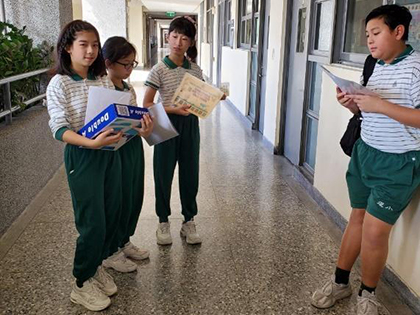
Source: Wilderness Crossing

Source: Wilderness Crossing
(C) Exhibition Setup
We have all personally experienced the beauty and destruction of Mother Nature through event participation and field visits. In order to share this experience with more people who didn't have a chance to experience it firsthand like we did, we organized this photo exhibition to share the beautiful images we had captured. The exhibition is located in the open corridor space on the third floor of Fushing Elementary School, so that teachers and students can enjoy these beautiful pictures of nature in an open space, against a blue sky backdrop.
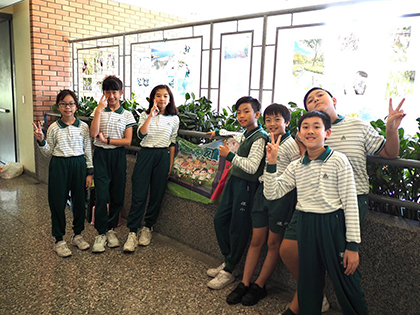
Source: Wilderness Crossing
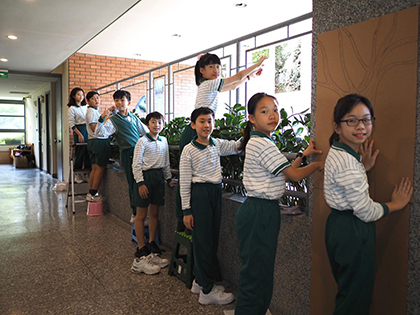
Source: Wilderness Crossing
The exhibition is divided into four themes: The Ocean, Mountains & Forests, Park Ecology, Human & Mother Nature. We first browsed through our own photos taken during each outdoor experience visit, then pooled these photos together to further categorize and discuss with each other before settling on the final photos to be displayed.
Introduction |
 |
Introduce the purpose and format of the exhibition, guiding the viewers into the exhibit. |
| The Ocean |  |
Using a beautiful view of the ocean as the main visual and photos of the beach cleaning crew on both sides, conveying a message that keeping the ocean clean requires effort from everyone. |
| Mountains & Forests |  |
The mountain is alive with countless animals. Hunting frogs, wandering monkeys, busy butterflies. These are all inhabitants of the forest and should not be destroyed by humans so carelessly. |
Park Ecology |
 |
The city is not just a haphazard concrete jungle. There are trees, grasslands, and wetlands in the park, which all deserve our attention. |
People & Mother Nature |
 |
During the experience, we put down our books and cell phones and picked up magnifying glasses to observe with our eyes and touch with our hands the beautiful things that have existed in nature for a long time, but which we have deliberately ignored. |
Feedback Wall |
 |
We used recycled cardboard boxes and made two trees, named the "Wilderness Tree of Love", a symbol of parents holding their children's hands, and seniors carrying their juniors, uniting to protect nature together. The trees are decorated with green leaf-shaped sticky notes on which visitors can write their thoughts and share their feelings with the public. |
In order to attach the photos to the glass, we first output the photos as static stickers. Before attaching the photos, we had to clean the glass thoroughly, measure the height carefully, then use the spray to wet the glass and the back of the photos, stick the photos carefully and then use the squeegee to scrape out the air.

Source: Wilderness Crossing
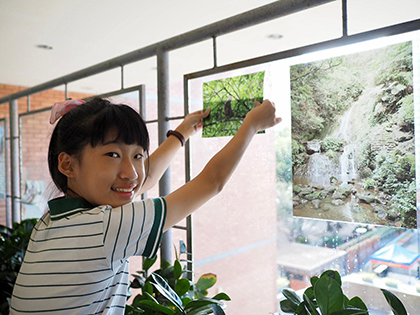
Source: Wilderness Crossing
All of our partners were first-time participants in the photo exhibition, and we shared the work, some measured the height, some sprayed the water, some scraped the air bubbles, and some were responsible for the layout of the feedback wall. We hope that this exhibition will move more people to join together to take action to protect nature.
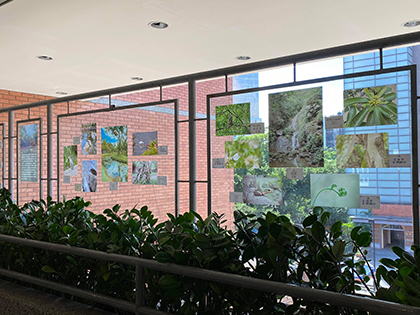
Source: Wilderness Crossing
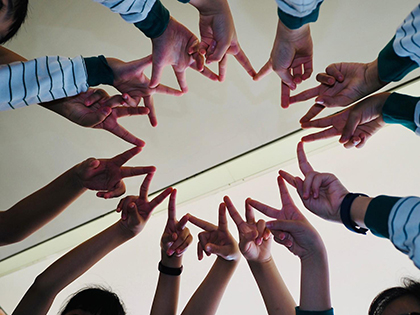
Source: Wilderness Crossing
(D) Exhibition Feedback
In order to find out what students think or suggest after visiting our photo exhibition, we had set up a feedback column for them to express their thoughts. Students and teachers who passed by can pick up the pen and paper we have prepared and leave a message for us about nature. Our Wilderness Crossing team designed the feedback board as a big tree, symbolizing nature, and named it the "Wilderness Tree of Love".

Source: Wilderness Crossing
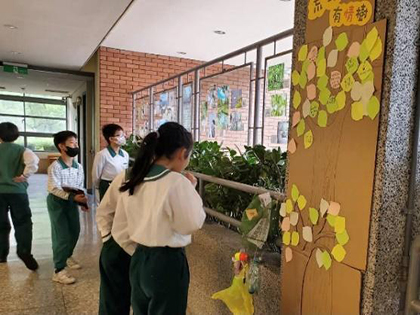
Source: Wilderness Crossing
After a while, we collected lots of feedback, they were comments on our presentation, some of which were positive and some negative. The compliments included saying that our photos were so good that people wanted to visit us on site. Or maybe it was because we named our photos very aptly and managed to capture the essence of the picture. Of course, since art is subjective, some people think we can improve our photography skills.
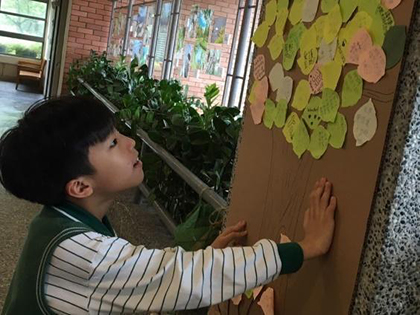
Source: Wilderness Crossing
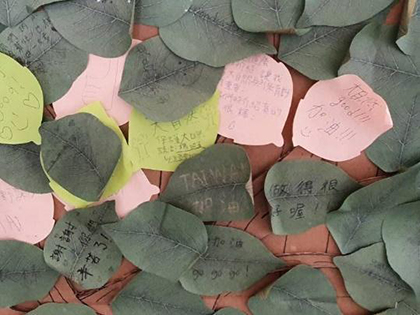
Source: Wilderness Crossing
But what made us really happy was that through our presentation, the students began to have a deeper understanding of the natural environment. Many students wrote that there is only one Earth, so we must protect it and work together to make it a better place. Some students also said that they hope to join the Society of Wilderness or participate in our research in the future, so that people around them can have a better understanding of environmental protection and make the ecology of Taiwan more wonderful!

Source: Wilderness Crossing

Source: Wilderness Crossing

